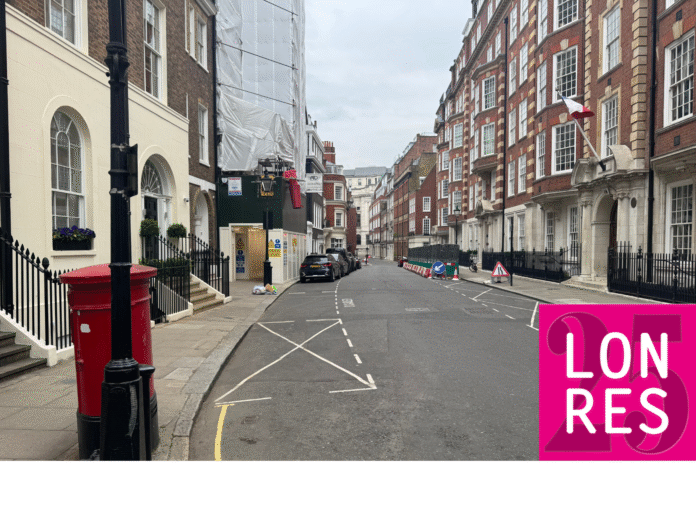The prime London housing market remained subdued in June but new data from LonRes suggests conditions may be starting to stabilise as supply rises, values hold steady and buyer intent shows early signs of improvement.
While transaction volumes remain low, increased buyer engagement and steady pricing may offer new opportunities – particularly as the market recalibrates around more realistic seller expectations and wider economic conditions show signs of stability.
Average achieved sale prices across prime areas were effectively flat, down just 0.2% year-on-year but still 1.7% above the 2017–2019 pre-pandemic average.
Despite this price resilience, completed transactions fell 27.1% compared to June 2024, and were 18.4% below pre-Covid levels.
RENEWED MOMENTUM
However, forward indicators hint at renewed momentum. Properties going under offer rose 9% year-on-year and were 22.7% above the pre-pandemic average for June—suggesting a potential uplift in activity through Q3.
Supply continues to increase, offering more choice for motivated buyers. New instructions were up 19% on the year and 20.1% above 2017–2019 norms. Available stock rose 13.3% year-on-year, with a 50.6% increase in price reductions highlighting a more price-sensitive marketplace.
In the £5m+ super-prime sector, new instructions surged 42.9% annually, while stock rose nearly 25%. Though transactions in this bracket dipped 7.7% in June, sales for H1 2025 remain nearly 28% above pre-pandemic levels, making this the most active price segment relative to historical norms.
TURNING A CORNER

Nick Gregori, Head of Research at LonRes, said: “The sales market completed a sluggish Q2 in June, but a pickup in under offer numbers and steady values suggest a corner may be turning.
“That said, the market remains highly price sensitive, and vendors need to remain realistic.”
In lettings, rents continued their upward trajectory, rising 5.6% year-on-year in June, pushing average rents to 35.7% above pre-pandemic levels. Although lets agreed fell 6.5% year-on-year, new instructions increased 22.9%, and available rental stock rose 9.2%, offering some relief to tenants facing tight supply.
Much of the new rental supply appears to be coming from vendors shifting from sales into lettings, as more landlords seek flexibility in an uncertain market.





